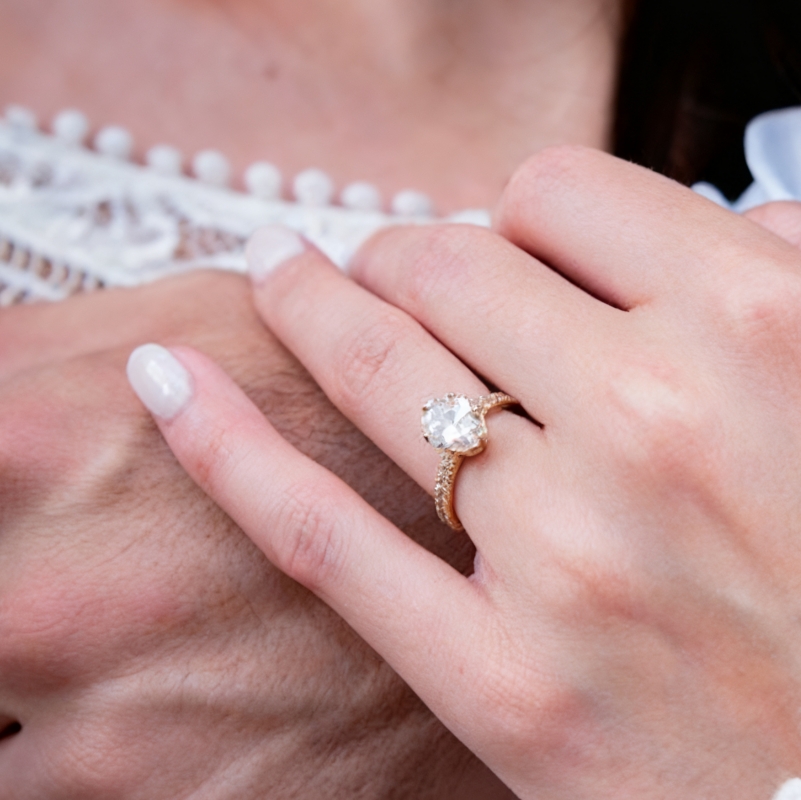Italy, a country steeped in history and romance, boasts some of the most captivating wedding traditions in the world. From passionate serenades to carefully chosen wedding dates based on cultural beliefs, these customs add depth and meaning to Italian nuptials. Join us as we explore the beautiful traditions that make Italian weddings truly unforgettable.

1. La Serenata (The Serenade):
The night before the wedding, the groom-to-be orchestrates a romantic serenade beneath his bride’s window. This tradition, known as “la serenata,” typically involves hiring musicians to accompany the groom as he professes his love through song. Friends and family gather to witness this beautiful gesture, often turning it into an impromptu party with food and drink. The bride eventually appears at her window, marking the official start of the wedding festivities.
2. Choosing the Wedding Date:
Italians take the selection of their wedding date very seriously, often consulting traditional beliefs and local customs. Generally, they avoid Tuesday and Friday due to long-standing cultural practices. Folklore associates Tuesday, in particular, with the Greek god of war, making it less favorable for a new beginning. Couples also typically avoid May for weddings, as Roman tradition links it to the spirits of the dead. Conversely, many consider Sunday the most auspicious day, as it symbolizes fertility, prosperity, and happiness.
3. Bridal Attire and Symbolism:
The Italian bride’s attire is rich with symbolism. The “something blue” tradition is often incorporated through a garter called “la giarrettiera.” The veil, another crucial element, can be extraordinarily long – sometimes up to 5 meters. Its length is said to correspond to the length of the marriage, with longer veils symbolizing a lasting union. Besides, in some regions, brides wear green on the eve of their wedding, symbolizing fertility and good fortune.
4. The Bride’s Bouquet:
On the morning of the wedding, Italian tradition calls for the groom to deliver a bouquet of flowers to his bride. This gesture, typically paid for by the groom, represents the last gift the bride receives as a single person and symbolizes everlasting love. Later in the celebration, the bride tosses her bouquet to the unmarried women in attendance. As in many cultures, it’s believed that whoever catches the bouquet will be the next to marry.
5. Fede (Wedding Rings ):
Wedding rings, also called “fede” in Italy, means faith. These bands hold deep symbolism, representing the couple’s bond, love, and commitment. Traditionally worn on the left hand, Italians believed the ring finger was directly connected to the heart by the vena amoris or “vein of love”. The exchange of these rings during the ceremony is a beautiful and meaningful moment, signifying the couple’s promise to each other.
6. Lancio del Riso (Rice Throwing):
As the newlyweds exit the church, their guests shower them with a rain of rice. This tradition, known as “lancio del riso,” symbolizes fertility, abundance, and prosperity for the couple’s new life together. The act of throwing rice is believed to date back to ancient Roman times when wheat was used instead. In modern times, some couples opt for flower petals, confetti, or biodegradable alternatives for environmental reasons.

7. Rompere il Bicchiere (Breaking the Glass):
After the ceremony, the couple often participates in the tradition of breaking a glass or vase. Using a satin-wrapped glass or a decorative vase, the newlyweds stomp on it together. The number of shards it breaks into represents the number of years they’ll be happily married. This act is often accompanied by cheers and applause from the guests, adding to the joyous atmosphere.
8. Tie Cutting:
In some parts of Italy, particularly in the north, a fun tradition takes place during the reception. The groom’s tie is cut into small pieces and “sold” to the wedding guests. This entertaining custom symbolizes the groom’s transition from bachelor to husband. The money collected from this playful “sale” is often put towards the couple’s future expenses, such as their honeymoon. It’s a lighthearted way for guests to contribute to the newlyweds’ life together.
9. Il Pranzo di Nozze (The Wedding Feast):
The reception, known as “il pranzo di nozze,” is a central part of Italian weddings. These feasts are legendary for their abundance and duration, often lasting several hours and featuring multiple courses. A typical menu might include antipasti, two first courses (usually pasta), a second course of meat or fish, side dishes, salad, fruit, dessert, wedding cake, coffee, and digestivi. Each course is paired with fine wines, and the meal is punctuated by toasts and speeches.
10. La Tarantella (The Traditional Dance):
No Italian wedding is complete without the lively “Tarantella” dance. Originating in Southern Italy, this traditional folk dance involves guests forming a circle around the newlyweds. The fast-paced music encourages energetic movements, with dancers holding hands or handkerchiefs as they twirl and skip. The Tarantella is a jubilant expression of celebration and joy, bringing guests together in a spirited display of festivity. It’s often one of the most memorable and fun parts of an Italian wedding reception, with its infectious rhythm getting everyone on their feet.
11. Confetti and Bomboniere:
In Italy, “confetti” refers not to paper confetti but to sugar-coated almonds given as wedding favors. These sweet treats, also known as “bomboniere,” are presented to guests in an odd number, usually five or seven, never four (which is considered unlucky). The five almonds symbolize five wishes for the couple: health, wealth, happiness, fertility, and longevity. The bitter almond and sweet coating represent the bitter and sweet aspects of marriage.

Italian wedding traditions are a beautiful blend of romance, symbolism, and joyous celebration. From the passionate serenade to the lively Tarantella, each custom adds depth and meaning to the wedding day. These time-honored traditions not only create unforgettable memories for the couple and their guests but also connect them to centuries of Italian culture and heritage. Whether you’re planning an Italian-inspired wedding or simply appreciating these rich customs, the beauty and significance of Italian wedding traditions are sure to inspire and delight.








